Exploring AI-Generated Art: A Designer's Creative Partner
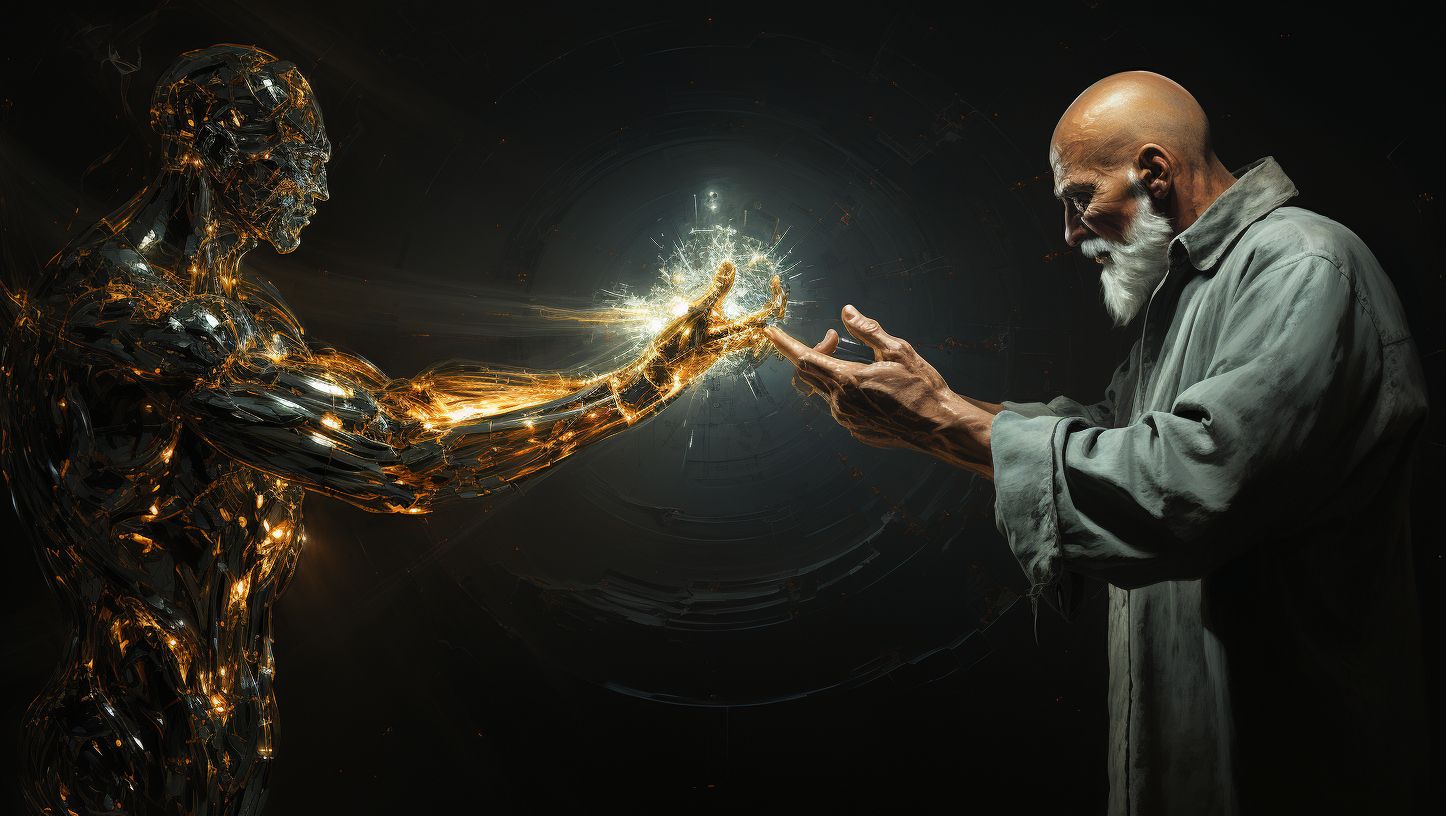
In today's ever-evolving design landscape, artificial intelligence (AI) has emerged as a remarkable tool, offering designers a fresh palette of creative possibilities. We will talk about the world of AI-generated art, revealing its vast creative potential and having a look on the ethical considerations that every designer should bear in mind.
Bursting Creativity: A Glimpse into the World of AI-Generated Art
AI-generated art is all about embracing the unexpected. Imagine it as a creative partner that, when given a prompt, conjures up entirely new and often surprising visuals. This unpredictability is rooted in the "seed value," which is like a secret ingredient that adds a dash of randomness to the mix and allows designers to experiment with different levels of creativity, from closely following a given prompt to exploring uncharted creative territories.
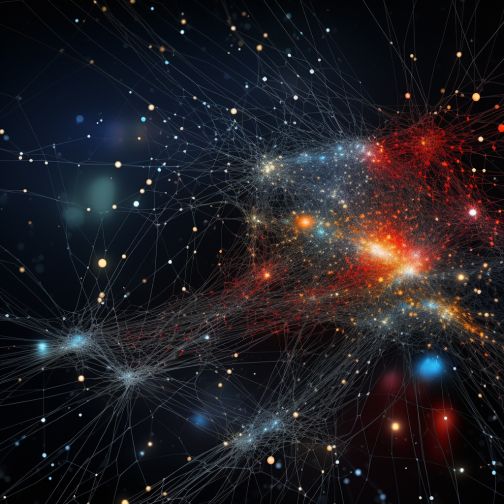
What makes AI-generated art so special is its use of neural networks. These are the building blocks that enable machines to think more like humans. Instead of being confined to strict instructions, AI now has the freedom to develop its own creative thinking. This newfound freedom empowers AI systems to offer a unique level of creativity, whether it's closely adhering to a brief or venturing into a new posibilities.
One promising startup in this field is LetzAI, Luxembourg’s pioneering AI image generator, with a vision that extends beyond images by potentially integrating audio, video, and social interaction features. LetzAI aims to establish itself as the leading local AI model before venturing abroad.
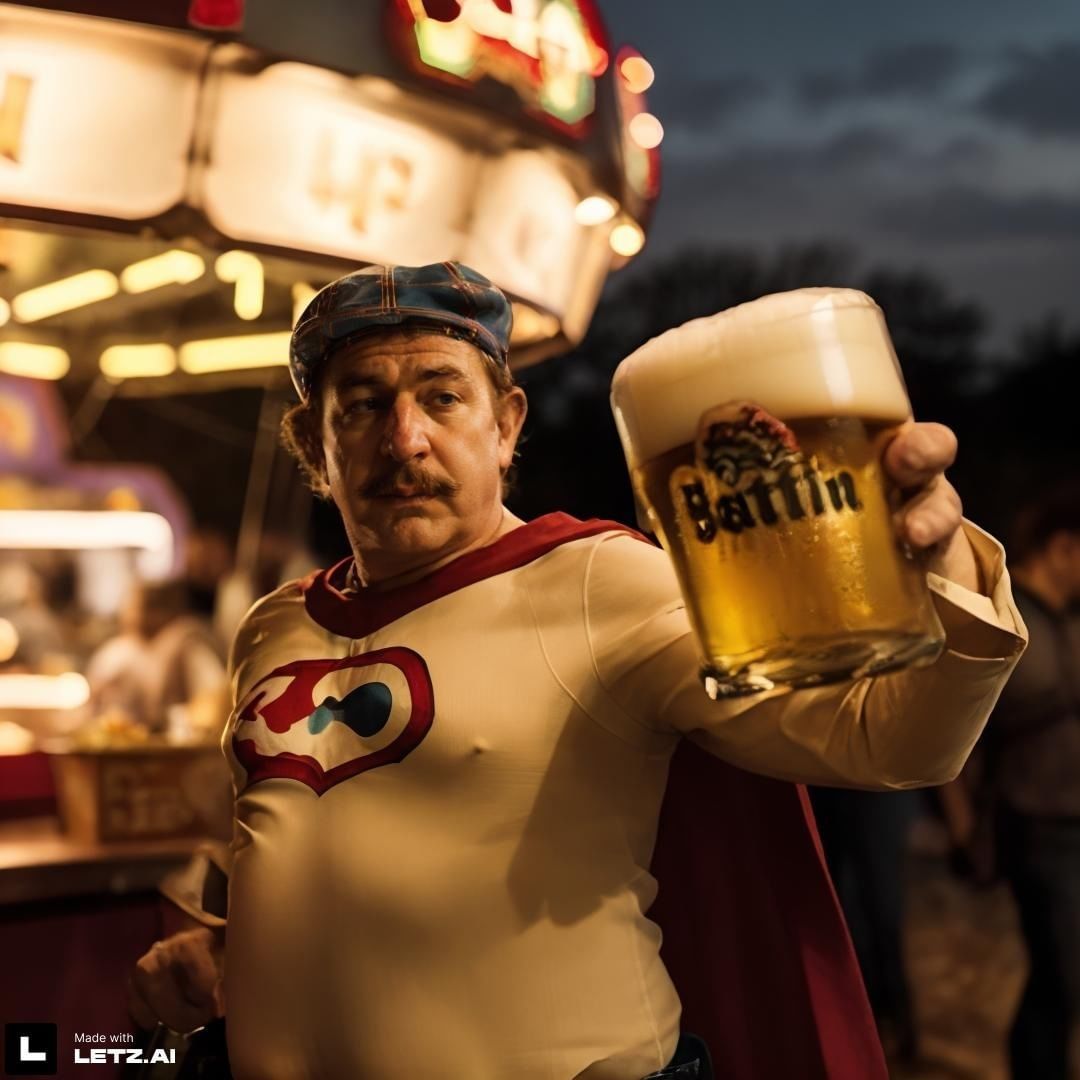
Inspired AI-Generated Art
AI-generated art is about creating entirely new visuals, not copying existing ones. It works by analyzing patterns and structures within vast datasets to learn the art of image creation. The images it produces aren't replicas from its training data; they're more like inspired creations. AI strives to make images that resemble the patterns it's learned, sometimes nailing it perfectly and sometimes surprising us with entirely fresh ideas.
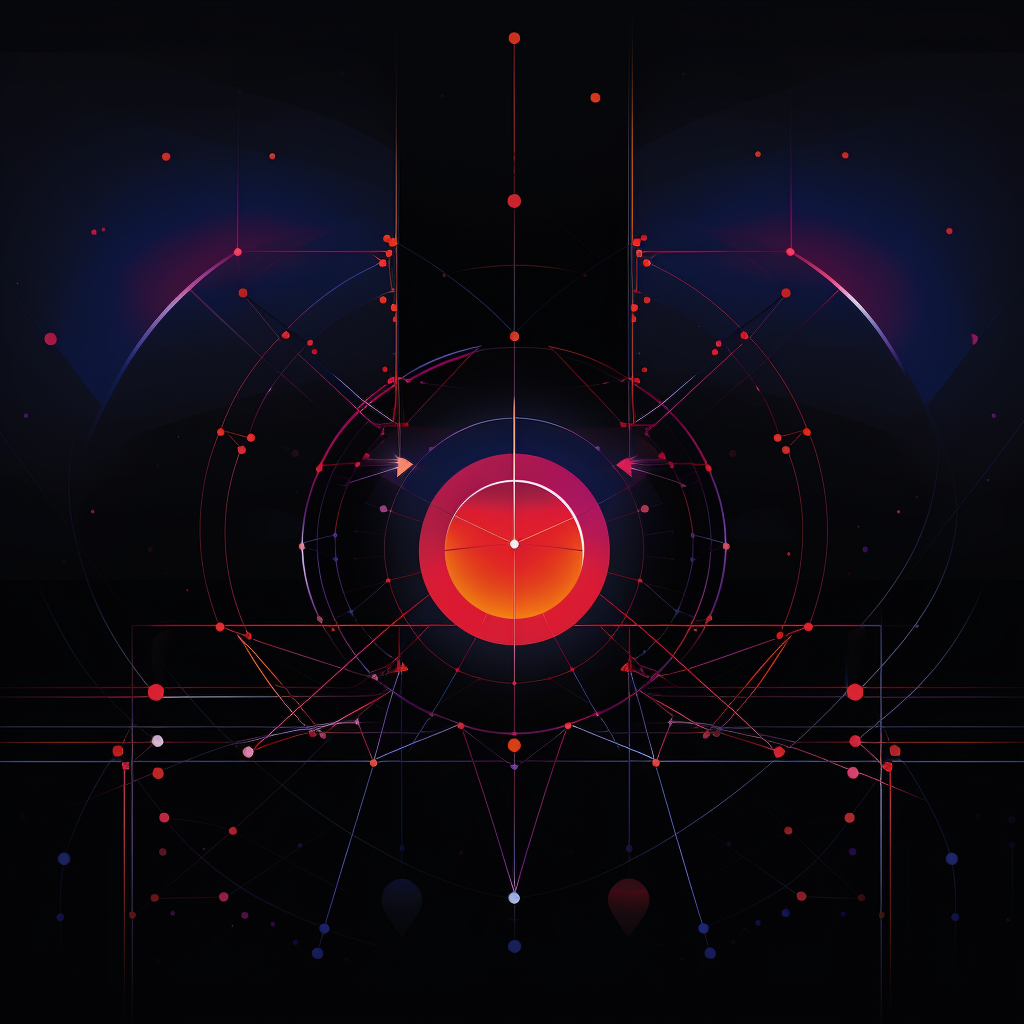
The GAN Model: The Creative Buddy
At the core of AI-generated art lies the Generative Adversarial Network (GAN). Think of it as your creative partner that helps you brainstorm ideas. This model has two parts: one creates images, and the other evaluates whether the image matches what you're looking for. If it doesn't quite hit the mark, it keeps trying until it gets it right. This continuous loop between creation and evaluation keeps improving the AI's creative skills.
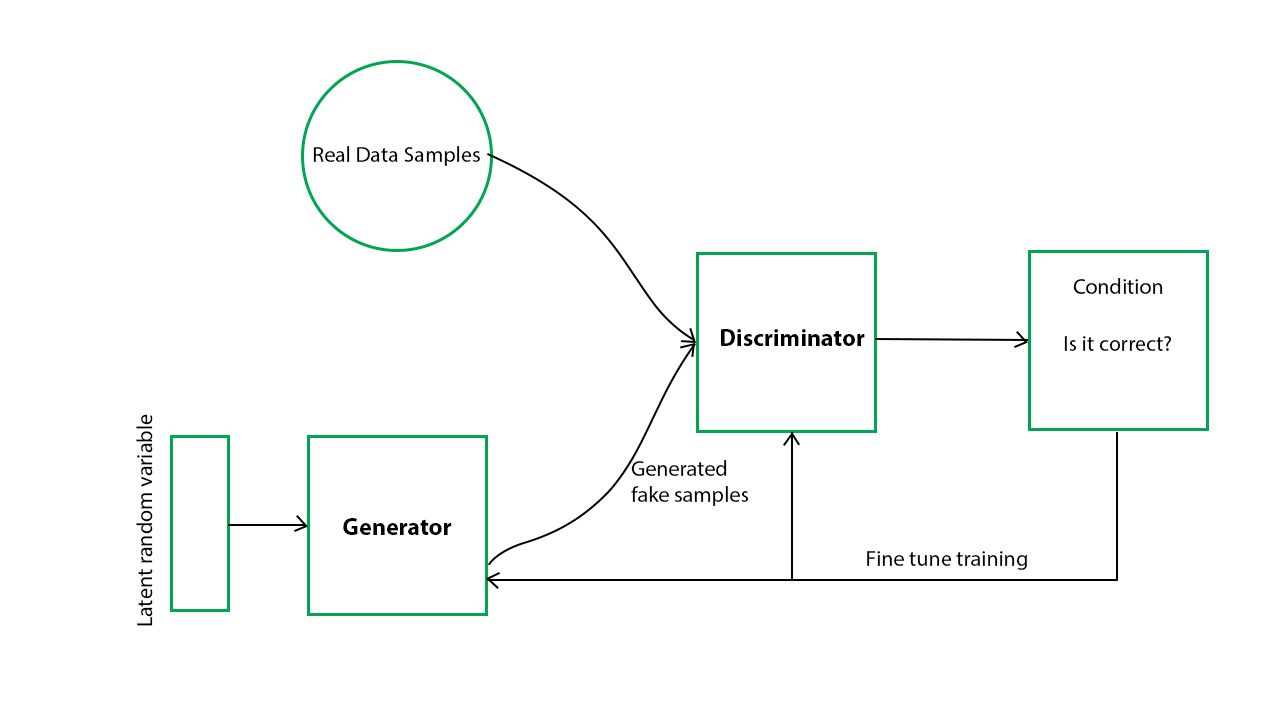
The Ethics of AI in Design
The excitement of AI in design also comes with some ethical considerations. We must ensure that AI-generated art respects the intellectual property and artistic visions of original creators. AI often mimics the styles of artists who might not have agreed to this use of their work, leading to disputes and potential copyright issues. For example, Adobe Firefly is trained on legal and ethical sources."
For example, there was a case involving the iconic photograph "Afghan Girl" by Steve McCurry. It was replicated without his consent, sparking a controversy. To prevent further issues, specific keywords were restricted to stop AI from reproducing the image. But this doesn't erase the image; it simply limits its use. This highlights the need for clear regulations in AI-generated content.
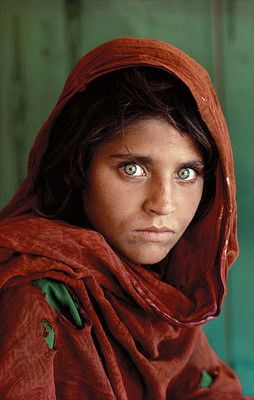
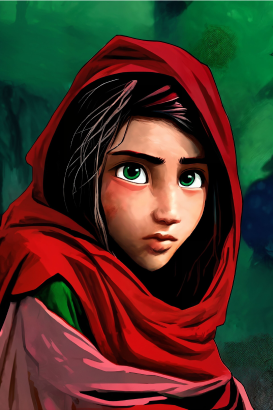
Regulations and Guidelines
The design world is increasingly calling for regulations and guidelines for AI-generated art. Initiatives, like those in the European Union, aim to promote transparency. They propose giving artists control over their work's use and the option to exclude their images from AI training. Compensation for artists whose work is used is also under consideration.
However, the legal landscape is uncertain, particularly in the United States, where AI-generated content isn't currently copyrightable. As technology advances, governments and regulatory bodies must address these issues to protect the rights of artists and designers.
AI as a design partner
AI-generated art should be seen as a design partner, not a replacement for designers' creativity. It can be a powerful tool to expedite tasks and spark new ideas. It complements human creativity rather than competing with it.
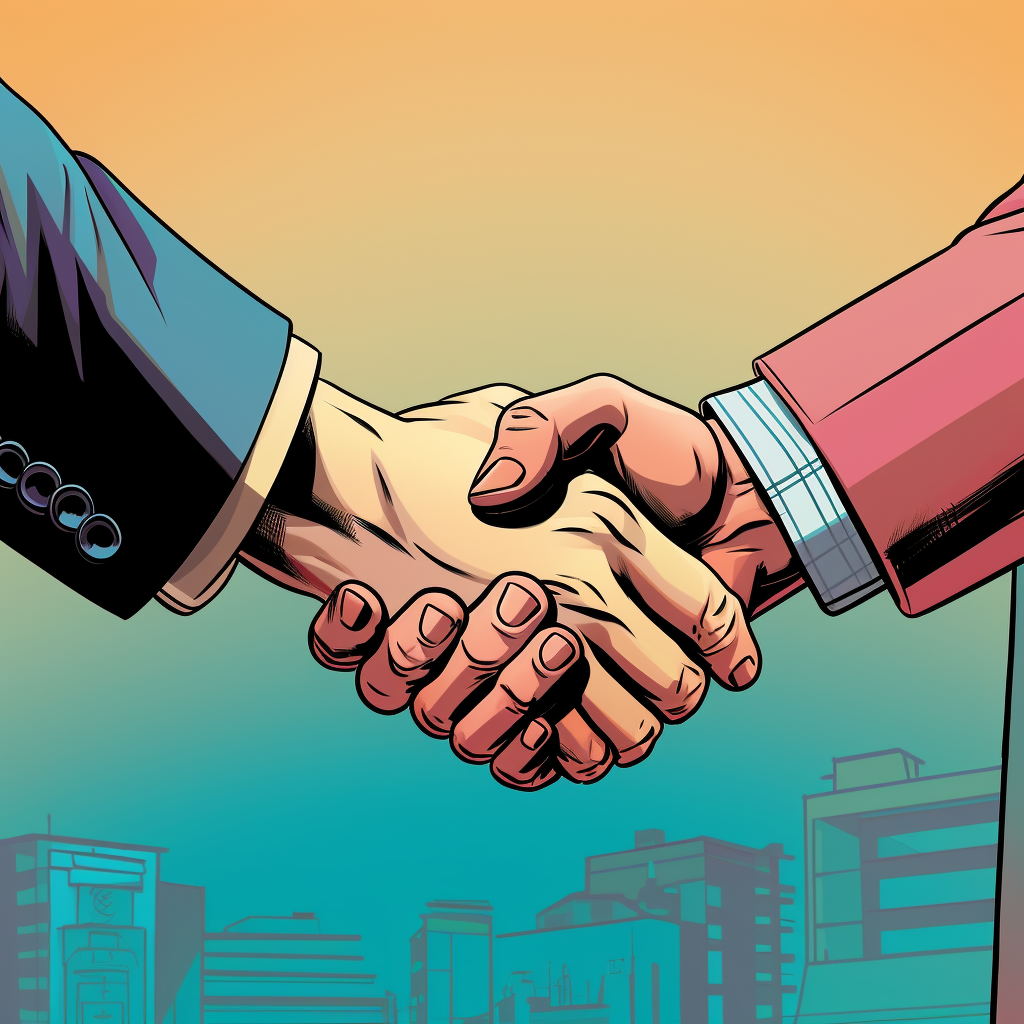
AI art as an extension of the artist
Imagine AI as an apprentice to designers, learning from them and assisting in the creative process. It could mimic a designer's style and contribute to the final artistic output. This collaboration between designers and AI could lead to exciting possibilities.
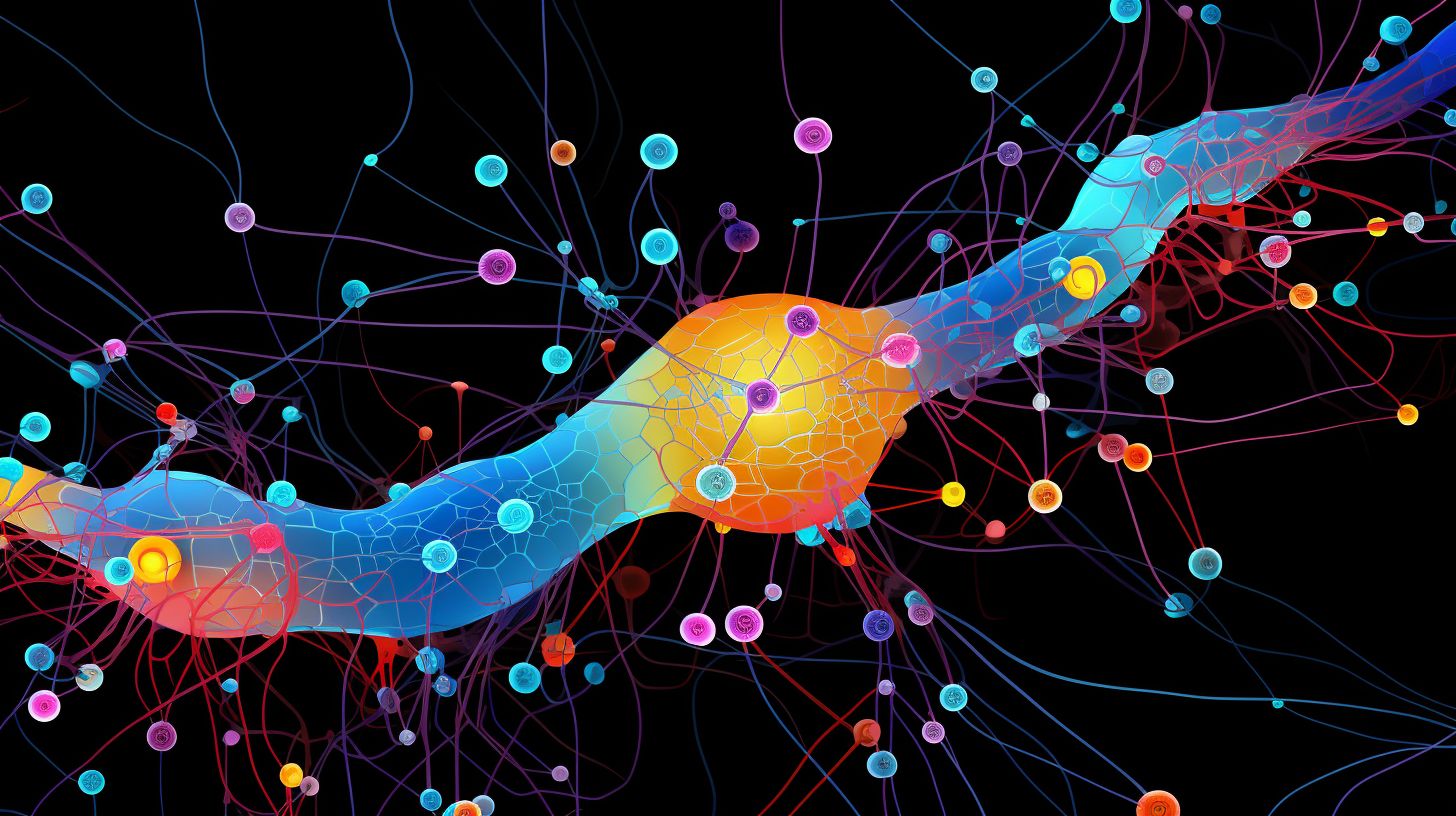
In Conclusion
AI-generated art is a remarkable tool for designers, offering a new dimension to creativity. It opens doors to endless possibilities while raising important ethical questions. The future of AI-generated art relies on finding a balance between the potential of machines and the preservation of human creativity. As designers navigate this evolving landscape, the fusion of AI and design promises an exhilarating journey filled with fresh and inspiring ideas.

